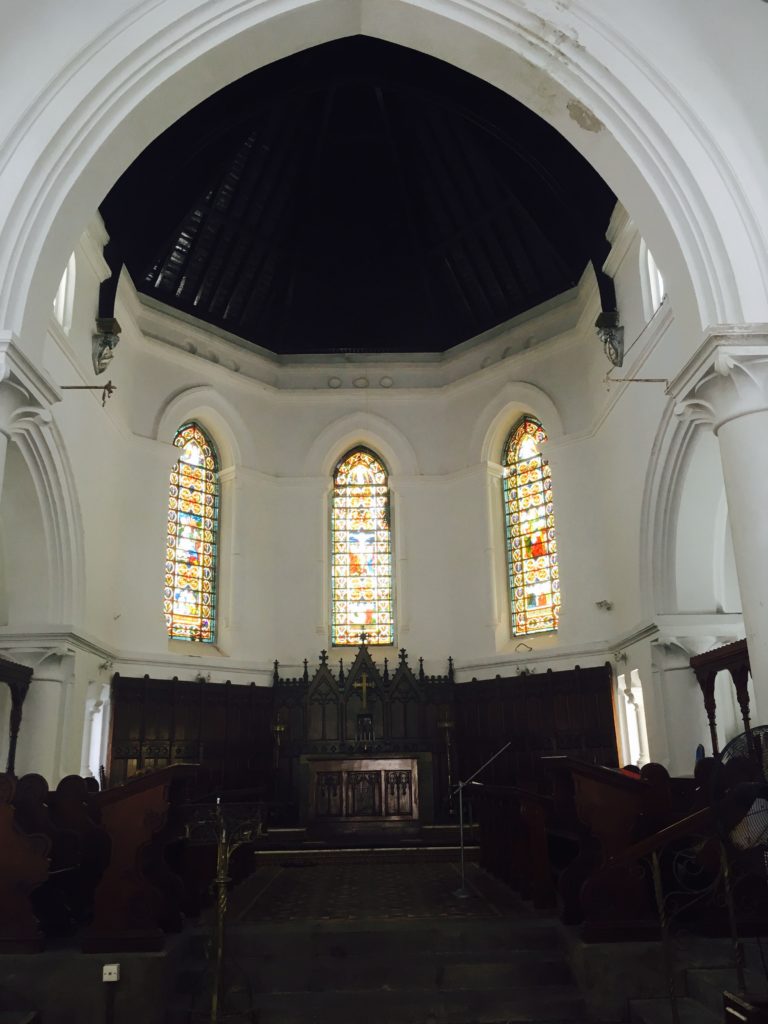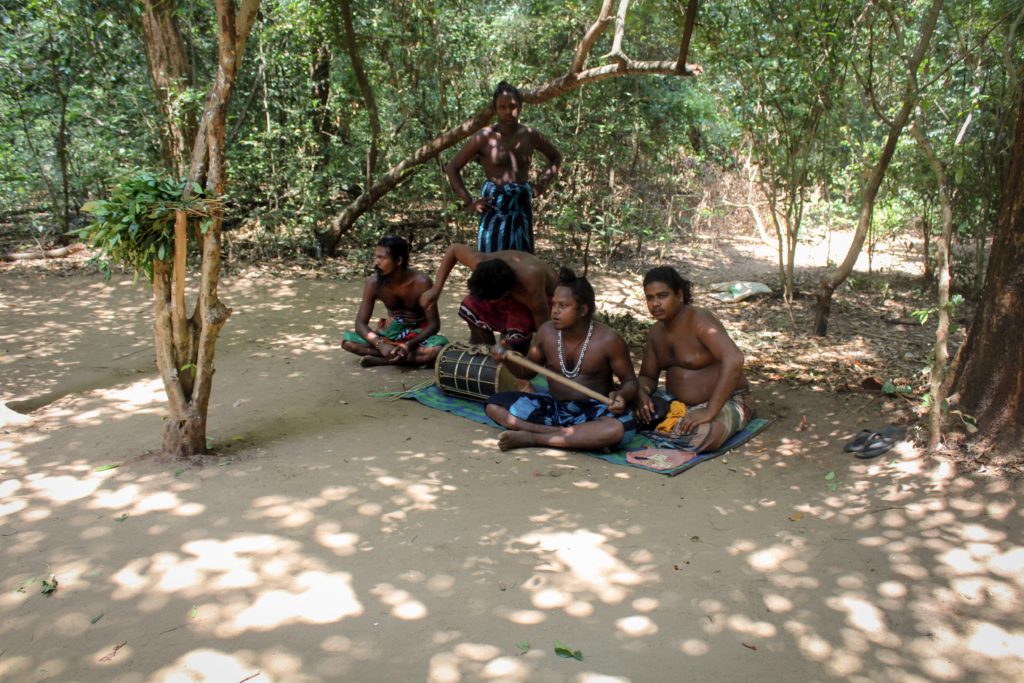
Sri Lanka is blessed with nature at its best. Nowhere else in the world will one find golden sandy beaches, lush green tea plantations, dense rain forests, and even history from hundreds of years gone by within 65,610 km2. Every day is an adventure with new things to see and discover. So on a rather unusual Monday morning, we set off to Belihuloya in search of a “Pond in the Sky”.

Situated approximately 150km away from Colombo in the Ratnapura district, Belihuloya is still one of the lesser known tourist spots in Sri Lanka. An area that falls in between the wet and dry zones of the country, Belihuloya (named after a stream that flows through the area) is rich in both flora and fauna, some which are endemic to the country. The area is also dotted with numerous waterfalls like the tallest one in Sri Lanka, Bambarakanda Ella.

Our journey is to Sri Lanka’s first, all-suite, luxury, private bush walks camp, Ahas Pokuna. A lake that is fed entirely by rain waters is credited for the name of the locality, “Ahas” being sky and “Pokuna” being lake in the Sinhalese language. On the shores of this waterway is a wilderness retreat that allows guests to become one with nature and enjoy a tranquil holiday experience like no other.

However our first stop is for breakfast at River Garden Resort. Despite it being the beginning of August, there is a considerable chill in the air as we disembark to enjoy traditional Sri Lankan breakfast. These tranquil surroundings also give us a chance to ask the locals about some of the key sites to visit in the area. River Garden Resort is also run by Eco Team and is a popular spot for travellers taking this route.

To get to the 30 acre private reserve that is Ahas Pokuna one needs to trek for approximately 15 minutes from Mulgama. What awaits weary travellers is three luxury suite tents complete with an arrival deck, sleeping tent, luggage and powder lounge, a fully-fledged bathroom tent that has hot and cold water, romantic star bed/day bed for relaxation or sleep during the day or night, and the first-ever bush bath tub in Sri Lanka. All of this overlooks the grassland in the 1,000 square metres of private space protected by an elephant fence that is yours to enjoy during your stay. Ahas Pokuna is the only property in Sri Lanka that has a private star bed for each accommodation unit, making it one of the most ruggedly romantic locations to stay at.

After a hearty Sri Lankan lunch made out of local produce we proceed for another trek of about 5-6 km. That doesn’t seem like much but this trek took approximately 3 hours and we were told would be of “medium” difficulty”. It turned out to be a battle between man and nature in the form of elephant grass as high as your waist and a slippery mountain. Guided by experienced village trekkers at first we walked along a path created by elephants and other animals. The view on the way is phenomenal as you see plains that connect to the famous Horton Plains National Park. The trekking path took us through dry grasslands, thanks to our pre-warning, the track bottoms and walking shoes definitely came in handy. The trek itself is not for the faint-hearted but if you are in love with the great outdoors then difficulty levels are the least of your concerns. The highlight of the expedition though was the chance spotting of two wild elephants quite content to have 12 people secretly watching them while they grazed. A few feet away from the elephant sighting point what awaited us was a “High Tea” in one of the highest imaginable places. Delicious traditional Sri Lankan sweet meats were served with tea and coffee as we sat overlooking the magnificence of the mountain range we had just conquered.

Once we returned, rested and refreshed ourselves, a scrumptious dinner awaited around the campfire at the dining tent. Before dinner we all sat around the campfire sharing and reminiscing stories of the day’s walks and our experiences in the wild. The jungle under the cover of darkness is a whole new experience with the sounds of crickets and other insects camouflaging the stealthy movements of the bigger animals. We were told that elephants and even leopards roam the area but do not come too close to the camp. The experienced trekking team from Eco Team who run the Ahas Pokuna Camp seemed to know what they are talking about so we slept easy!

Our second morning also began rather early as we needed to catch a glimpse of the many endemic and migratory birds who visit the area. Jungle fowls, peacocks, hornbills, kingfishers, cuckoos and kohas roam the trees while an occasional monkey also kept a watch out on us passing by. I find it difficult to quite describe the experience of living (even if it is for just 1 ½ days) in such close proximity to nature. How I wanted to stay back and live surrounded by silence instead of the humdrum of the city but then, you wouldn’t be reading this. So come and experience it yourself. Let Ahas Pokuna render you speechless!

Information
Colombo Office:
No 20/63,
Fairfield Garden, Colombo 08.
Website: www.ahaspokuna.com
Written by Nishu Hassim
Photo Credit: Sanura Gunawardana































 Amidst all this history and natural beauty lies this hotel which is actually named after the owner’s young son Kevan. We are told that reservations need to be made well in advance since despite being open for less than 6 months the hotel has constant tour groups from around the world, and many return visitors from among the locals. Affordable pricing, comfort, luxury and a true spirit of Sri Lanka is our guess for why people seem to fall in love with this little gem of a place.
Amidst all this history and natural beauty lies this hotel which is actually named after the owner’s young son Kevan. We are told that reservations need to be made well in advance since despite being open for less than 6 months the hotel has constant tour groups from around the world, and many return visitors from among the locals. Affordable pricing, comfort, luxury and a true spirit of Sri Lanka is our guess for why people seem to fall in love with this little gem of a place.




















